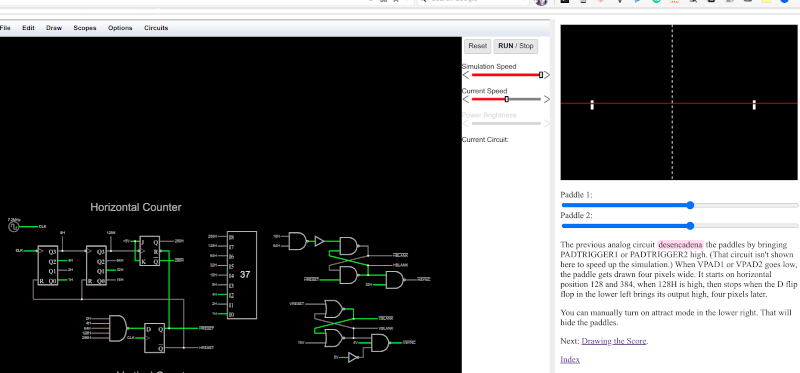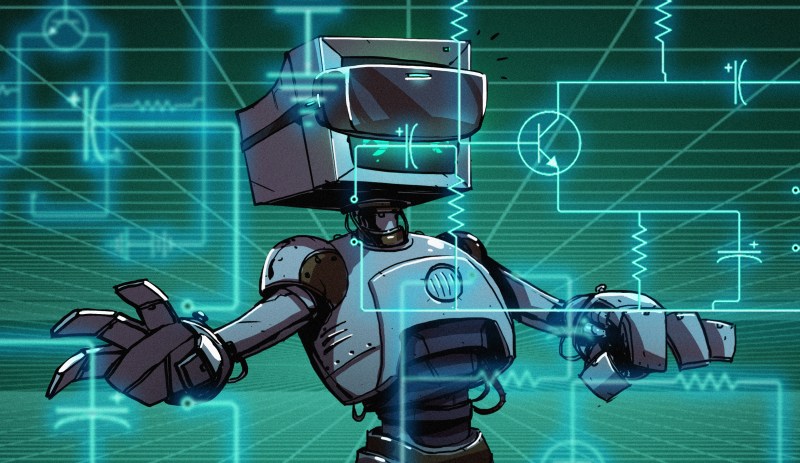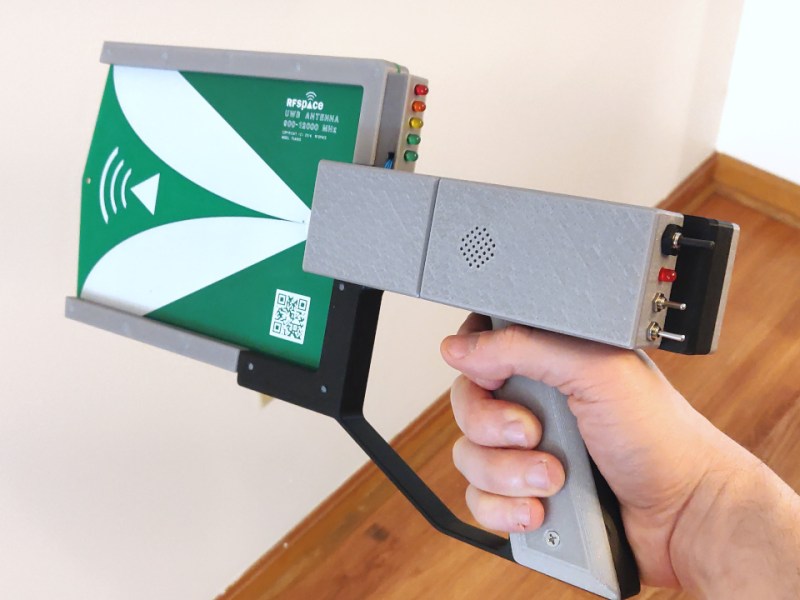Pong in Hardware… Virtually

We are big fans of the Falstad circuit simulator. Sure, it isn’t perfect, but there’s nothing else like it when you want to whip up a simple circuit. But we …read more Continue reading Pong in Hardware… Virtually
Collaborate Disseminate

We are big fans of the Falstad circuit simulator. Sure, it isn’t perfect, but there’s nothing else like it when you want to whip up a simple circuit. But we …read more Continue reading Pong in Hardware… Virtually

We are always impressed with something so simple can actually be so complex. For example, what would you think goes into an analog computer? Of course, a “real” analog computer …read more Continue reading Circuit VR: The Wheatstone Bridge Analog Computer

These days, we are spoiled for choice with regard to SDRs for RF analysis, but sometimes we’re more interested in the source of RF than the contents of the transmission. …read more Continue reading Listen To The RF Around You

There was a time when building electronics and building software were two distinct activities. These days, almost any significant electronic project will use a CPU somewhere, or — at least …read more Continue reading Circuit VR: Arduino Virtually Meets Analog
Circuit simulations are great because you can experiment with circuits and make changes with almost no effort. In Circuit VR, we look at circuits using a simulator to do experiments without having to heat up a soldering iron or turn on a bench supply. This time, we are going to …read more
In the fantasy world of schematic diagrams, wires have no resistance and square waves have infinitely sharp rise times. The real world, of course, is much crueler. There are many things you can use to help tame the wild analog world into the digital realm. Switches need debouncing, signals need …read more
I find that if I’m trying to make a point with a student or a colleague about a circuit, sometimes the Falstad online simulator is worth a few thousand words. You can draw the circuit, play with the values, and even see the current flow in an intuitive way as …read more
Continue reading Circuit VR: Advanced Falstad Logic with Geniac
Speakers are one of those components that are simple to use, but difficult to simulate. Most of us have used a simple resistor to do the job. But a speaker’s response is much more complex, and while that might be enough for a simple simulation the fidelity is nowhere near close. [Sourav Gupta] recently shared his technique for modeling speakers and it looks as though it does a credible job.
[Sourav] shows how a simple resistor and an inductor can do the job, but for better fidelity you need more components to model some mechanical effects. The final model has …read more
Speakers are one of those components that are simple to use, but difficult to simulate. Most of us have used a simple resistor to do the job. But a speaker’s response is much more complex, and while that might be enough for a simple simulation the fidelity is nowhere near close. [Sourav Gupta] recently shared his technique for modeling speakers and it looks as though it does a credible job.
[Sourav] shows how a simple resistor and an inductor can do the job, but for better fidelity you need more components to model some mechanical effects. The final model has …read more
There is an old saying: “In theory, theory and practice are the same. In practice, they are not.” We spend our time drawing on paper or a computer screen, perfect wires, ideal resistors, and flawless waveforms. Alas, the real world is not so kind. Components have all kinds of nasty parasitic effects and no signal looks like it does in the pages of a text book.
Consider the following problem. You have a sine wave input coming in that varies between 0 V and 5 V. You want to convert it to a square wave that is high when the …read more